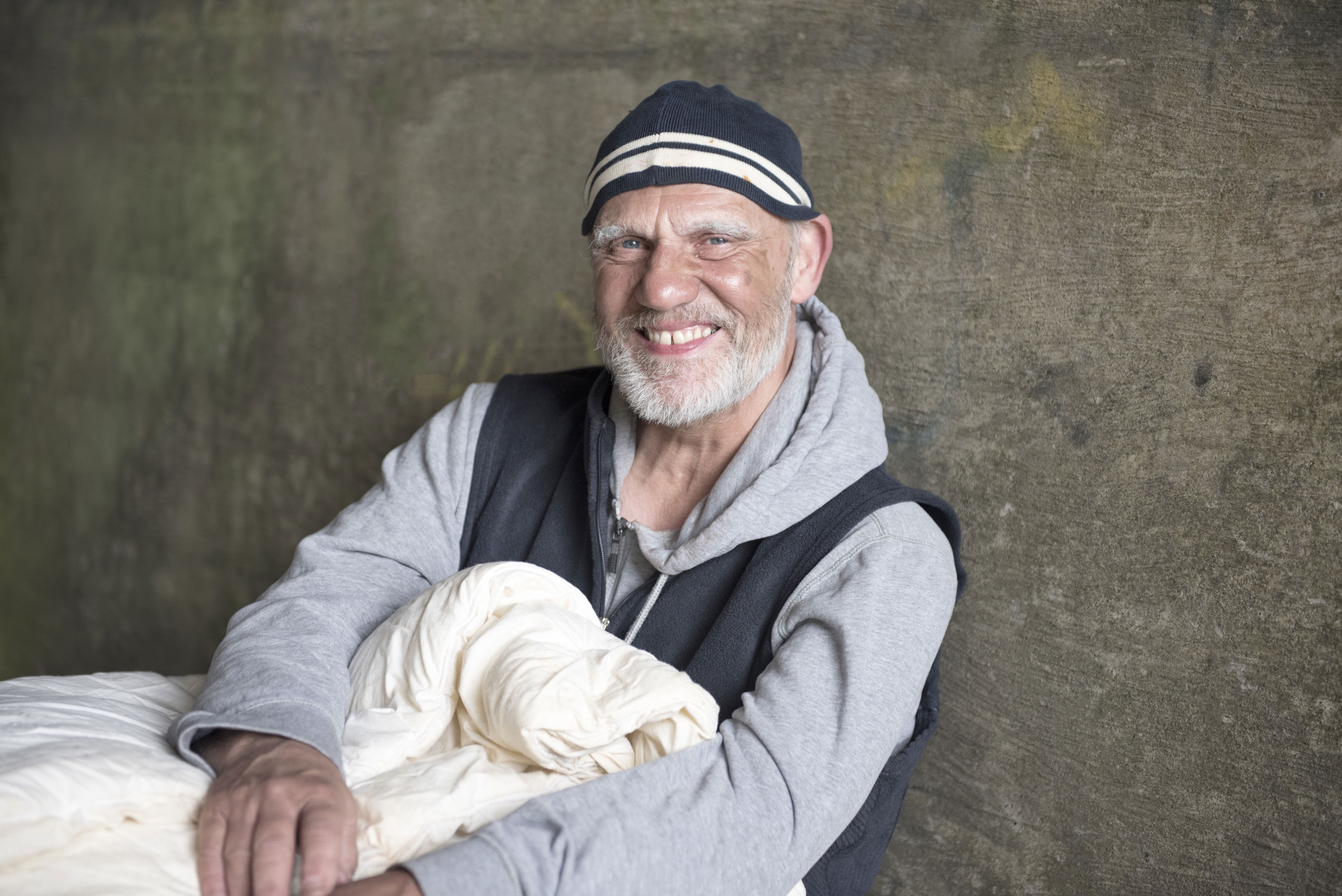Everyday Myths About the Homeless – Debunked
In societies around the world, stereotypes and myths about the homeless abound. These misconceptions can cloud judgment and hinder efforts to provide effective support. Let’s debunk some of the common myths about homelessness.

Myth 1: Homeless People Are Lazy
Reality: Many homeless individuals are searching for work or are employed. According to studies, a significant portion of the homeless population includes those working low-wage jobs that don’t provide enough income to afford housing. Homelessness often results from systemic issues like job scarcity, underemployment, and a lack of affordable housing, rather than personal laziness.
Myth 2: Homelessness Is a Choice
Reality: Rarely do individuals choose to be homeless. Most people lack stable housing due to unforeseen circumstances such as job loss, medical emergencies, domestic violence, or financial instability. Often, people exhaust all options, including staying with family or friends, before becoming homeless.
Myth 3: Homeless People Are All Addicts
Reality: While addiction is a reality for some within the homeless community, it is not a universal truth. Many homeless individuals do not struggle with substance abuse, and some develop addictions as a coping mechanism after becoming homeless. Supportive measures and rehabilitation can lead to recovery and stabilization.
Myth 4: Homeless People Are Mentally Ill
Reality: Although mental illness can be a contributing factor, it does not define the entire homeless population. Many homeless individuals are mentally sound but face insurmountable challenges that lead to their situation. Society should advocate for mental health support but recognize that the root causes of homelessness are diverse.
Myth 5: Most Homeless People Live on the Streets
Reality: While street homelessness is visible and concerning, a large number of homeless people are in shelters, transitional housing, or temporary accommodations. Hidden Homelessness, where individuals double up or couch-surf with friends, is a less visible crisis but just as impactful.
Myth 6: Homeless People Are Dangerous
Reality: Homelessness does not equate to danger. The majority of homeless individuals are law-abiding citizens. Homeless people are statistically more vulnerable to being victims of crime rather than perpetrators. Misconceptions about danger can perpetuate discrimination and hinder social progress.
Myth 7: Ending Homelessness is Impossible
Reality: Ending homelessness is challenging but not impossible. Substantive progress can be made with comprehensive policies focusing on affordable housing, job training, healthcare, and mental health services. Communities that have implemented Housing First and integrated support services see significant reductions in homelessness.
Conclusion
By unravelling these myths, we better understand homelessness as a systemic issue requiring community-wide solutions. Greater awareness, empathy, and action can lead to meaningful change, offering hope and dignity to some of society's most vulnerable members. Solutions begin with education and compassion, paving a path to a future where everyone has the opportunity to thrive.
